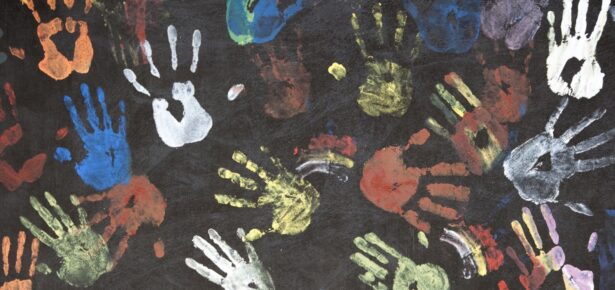
Child Rights, Legal Theory and Social Advocacy is a book describing the specific field of child rights, but it is also a reflection of how human rights evolved in the post-Cold War era. Human rights, and in large child rights became the ways in which the Swedish State came to justify her decisions and action, thus turning child rights from a regime measuring State human rights compliance, into an instrument of governance, going from holding the State accountable for its actions to instead legitimizing the actions of the State.
The Swedish incorporation of the UN Convention on the Rights of the Child is an example of how child rights is used to justify the expansion of the executive power in Sweden, especially the police, which has relied on the UN Convention on the Rights of the Child to justify circumventing the Police Statute prohibition of the arbitrary deprivation of the liberty of children under the age of 15, and its prohibition against body searchers of children as young as 10 years old.
The evolution of child rights as a legal field is a success story of how human rights have been expanded and adjusted to reach and protect mostly a new group of people, namely children. This among the most vulnerable groups in any conflict or disaster. This reinforced protection of children and their rights would probably not have happened had it not been for the end of the Cold War. The convention was adopted by a unanimous UN General Assembly just weeks after the fall of the Berlin Wall.
However, the Child Rights Convention is a child of its time, it was adopted and had its most dynamic phase during the most optimistic period of the post-Cold War era (being the fastest and most widely ratified UN human rights treaty), at a moment when democratic liberalism was understood to be the only remaining ideological force.
The book establishes the new theoretical concept of a “monist identity construction” to critique the desire to eliminate any uncertainty or ambiguity regarding the identity construction of persons covered by the rights of the Convention. One of the innovations of the Convention was its singular reliance on age to constitute the legal rights holding subject of the child, as being under the age of 18 years.
The Convention broke with previous child rights declarations in that it differed from other human rights instruments which acknowledged the ways in which the identity construction in the treaties was socially constructed, and previous reflections on how the State treats the persons holding rights under human rights treaties. The book argues for the adoption of the black sociologist and philosopher W.E.B. DuBois’ idea of “double consciousness” in identity construction. Double consciousness, according to DuBois, appears when there is a tension between how you as an individual understand and see yourself and how you are seen by society. For DuBois this was the pain that came with the black identity in the United States, since black people always had to process their identities as split, first how they themselves saw themselves and second how a society with a history of slavery and at the time still apartheid laws saw black people, while still believing in the American creed of equality for all. This allows for both doubt and the agency of the child itself in its construction. To advocate for social change is a process and at times it can be painful because it recognizes the world as it is and not as it ought to be, even in its relation to children and their identities. Instead of favoring the certainty (not allowing for any doubt on the identity of the child) that a monist approach to child rights and identity constructions entails, the double consciousness anchors the child identity into the social reality of the child, as an interaction and at times painful tension between the social and the individual experience. For child rights to remain both a vibrant legal discipline and a social movement, there must be a possibility of doubt and there must be a possibility of being wrong. The world is no longer liberal democratic mono-polar, instead we have now left the post-Cold War era and moved into a multi-polar world order, where narratives and agendas will inevitably be contested and fought over, child rights must also adjust and learn. Child rights must again be able to persuade and to connect, to win the hearts and mind of both children and adults, it no longer is enough to point with the whole hand and singularly state that a child rights agenda is immune to questioning. This book takes stock of child rights in our times at the end of the post-Cold era and at the beginning of a multipolar world order.
Latest Comments
Have your say!